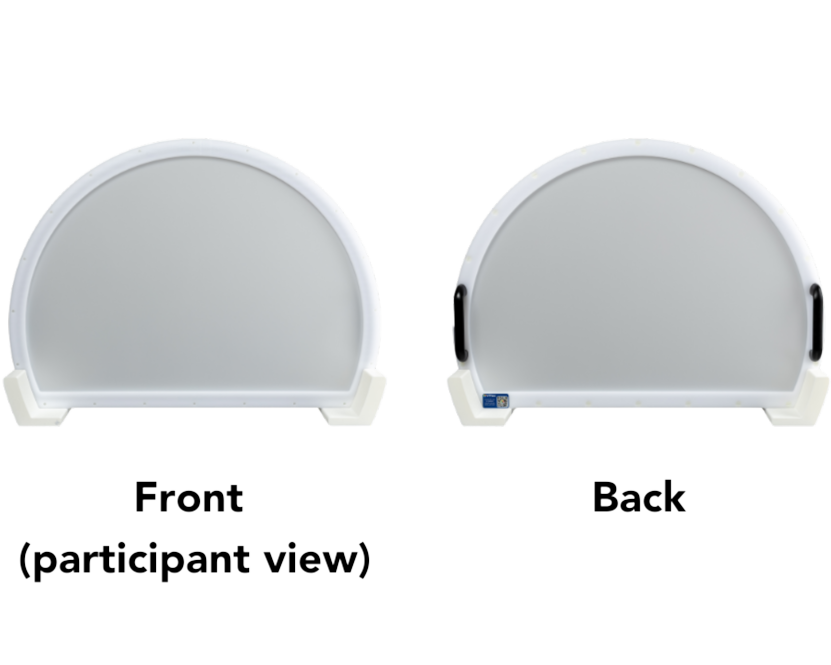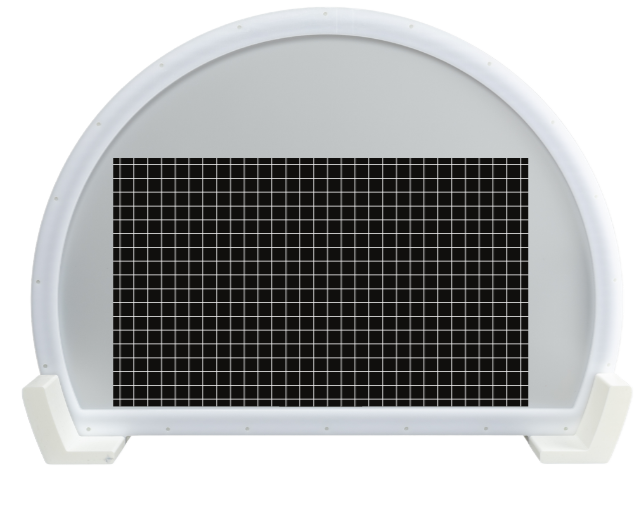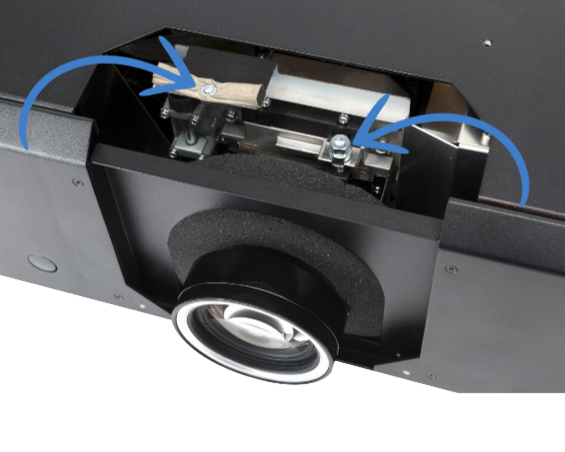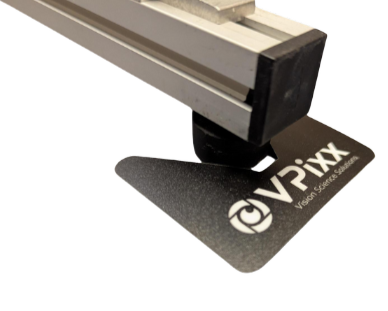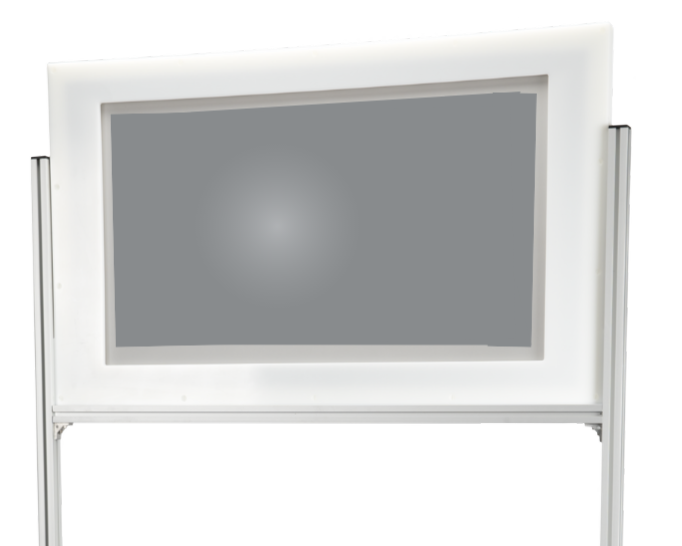Tips for Positioning your Projector and Screen
The PROPixx projection system offers a variety of display configurations. Installing or moving your equipment can be more complex than installing a standard monitor. This guide offers general tips for setting up your projection system to get the most out of your display.
Check out our other guides to get the most out of your PROPixx!
VOCAL is a growing library of resources for using VPixx products. Check out the following guides to get started:


.png?inst-v=a3df1b8f-e341-4c17-b2b4-57c31da88402)
